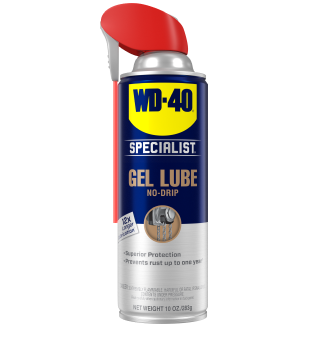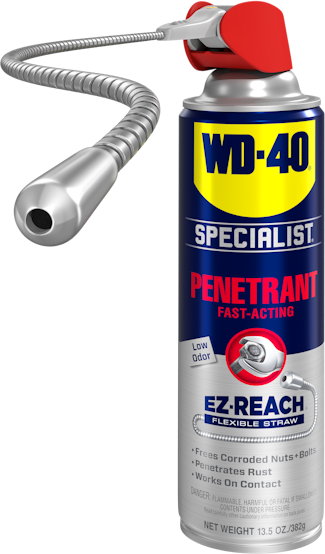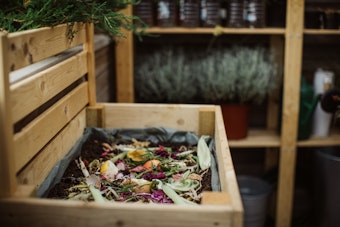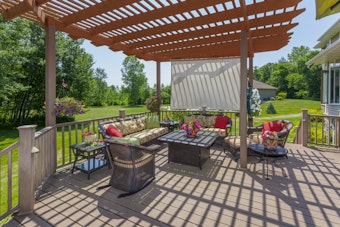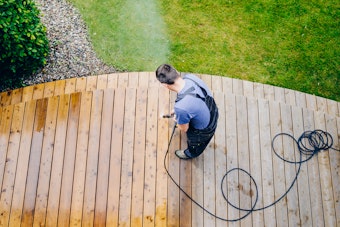How-to Install a Garden Watering System
How-to Install a Garden Watering System
<< BackHow do those green thumbs manage to keep their garden looking fresh, even in the middle of all this summer heat? If you’ve never seen your neighbors wielding the hose and think they must be out watering well before dawn, chances are they have a garden watering system installed. Don’t worry, you can join the cool club too – and it won’t cost you an arm and a leg. Follow these steps below and learn how to lay down your own garden watering system.
Step 1: Find the Right System
Whether you’re a mean green plant aficionado or a weekend hose wielder, you may want to consult people who work in the “growing things” business before you get started. Be sure to have a list or at least a good grasp of what kind of plants and vegetation you have in your yard (a sketch can be very helpful) and go to your local garden store to learn what your options are. For example, a drip-irrigation system is a very effective and inexpensive way to get the job done, and most all the parts can be found at the Home Depot Watering and Irrigation department.
Step 2: Laying the Groundwork
The design and materials needed to set up your home irrigation watering system will change according to the needs of the individual, but once you have the plan and the parts it’s time to get to work. The Family Handyman offers a full guide detailing material specifics and step-by-step installation instructions, which you can either follow in order or use as a research reference in building a system of your own. Once your drippers, bubblers, soakers and sprayers are in place, you’ll also want to connect an irrigation timer between your faucet and the watering lines to take the automation one further.
Step 3: Checks and Maintenance
Now that everything is connected and ready to keep your garden growing, you’ll want to perform routine checks and maintenance on your system – especially in the first days and weeks of use. If a watering device along the line pops off in the first release of water pressure through the hoses, you’ll want to quickly identify and fix any potential leaks in the system. You’ll also want to be sure the water is hitting the intended spots of the garden, landscaping, or lawn vegetation. There’s nothing worse than losing a beloved plant simply because a sprinkler was aimed in the wrong direction. Depending on how you’ve connected everything, most maintenance should be simple to fix and keep on track once you’ve identified any initial errors and familiarized yourself with the system.
Tip: Coat the exterior of metal faucets and watering device connectors with WD-40 Specialist® Gel Lube for up long-lasting protection from rust and corrosion.
FEATURED PRODUCTS
WANT TO GET MORE TIPS AND TRICKS?
SUBSCRIBE TO THE NEWSLETTER
